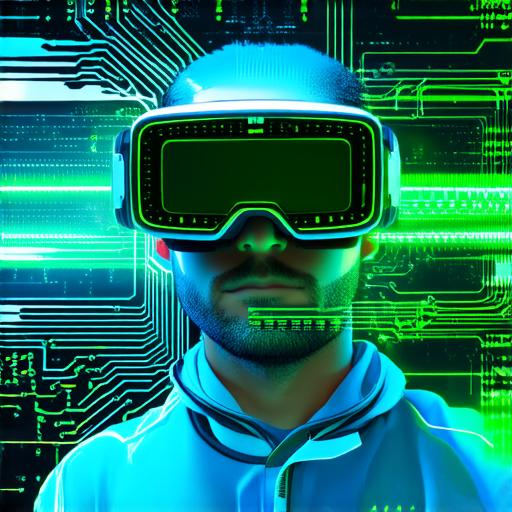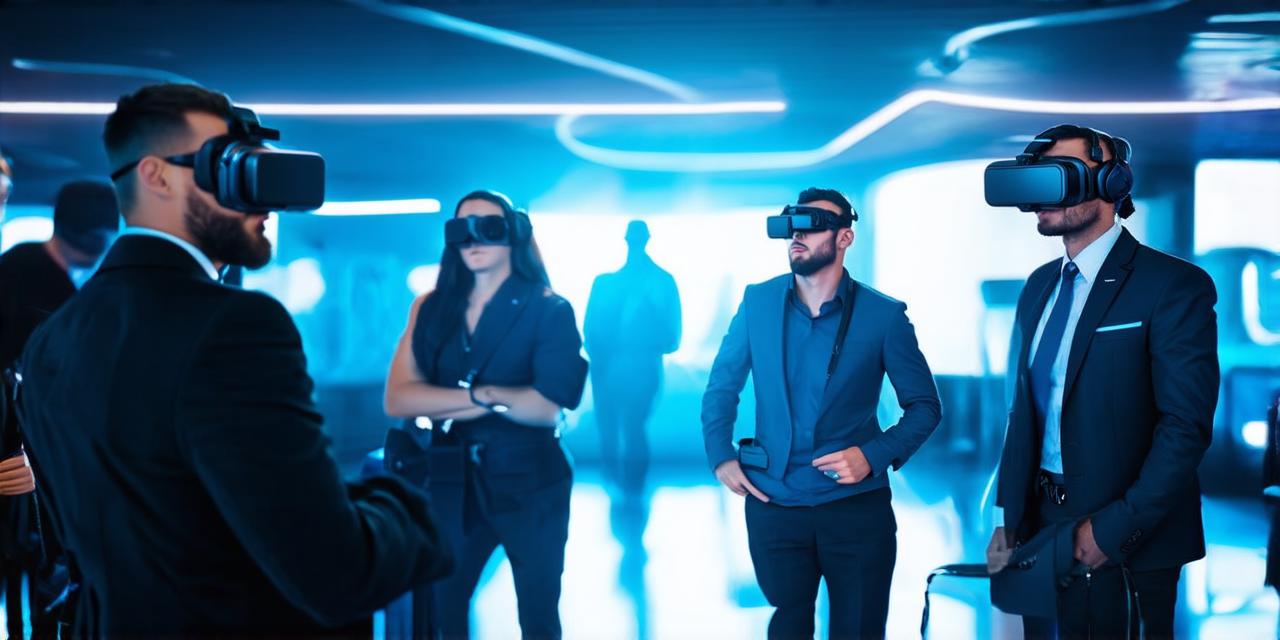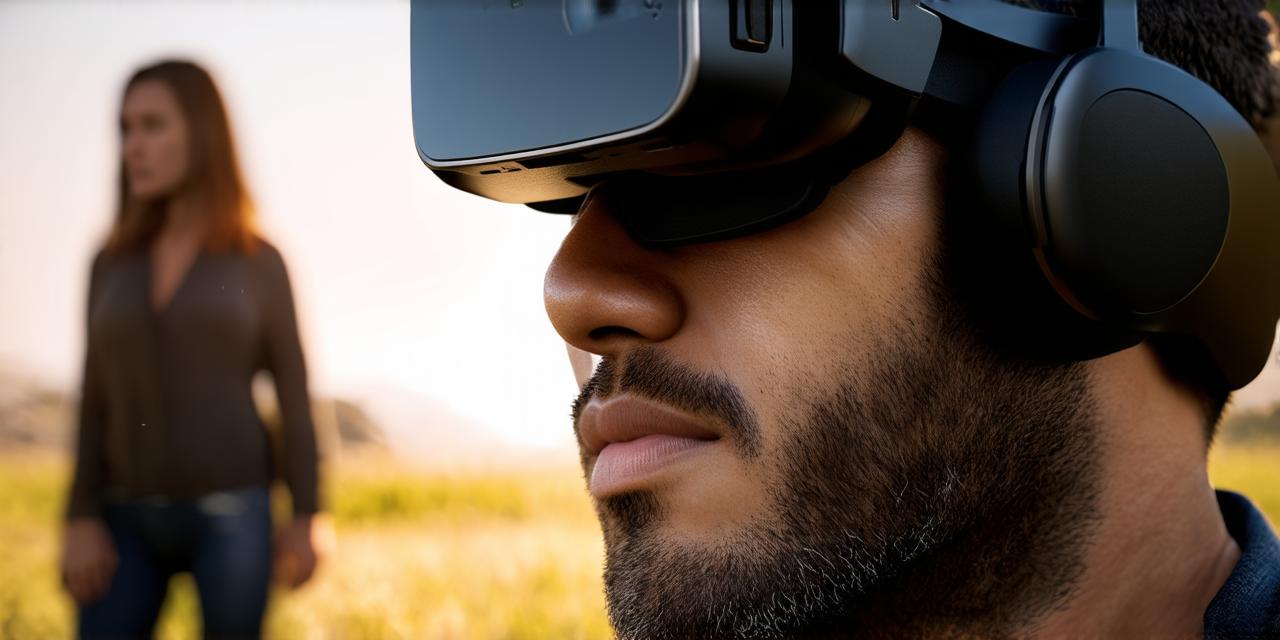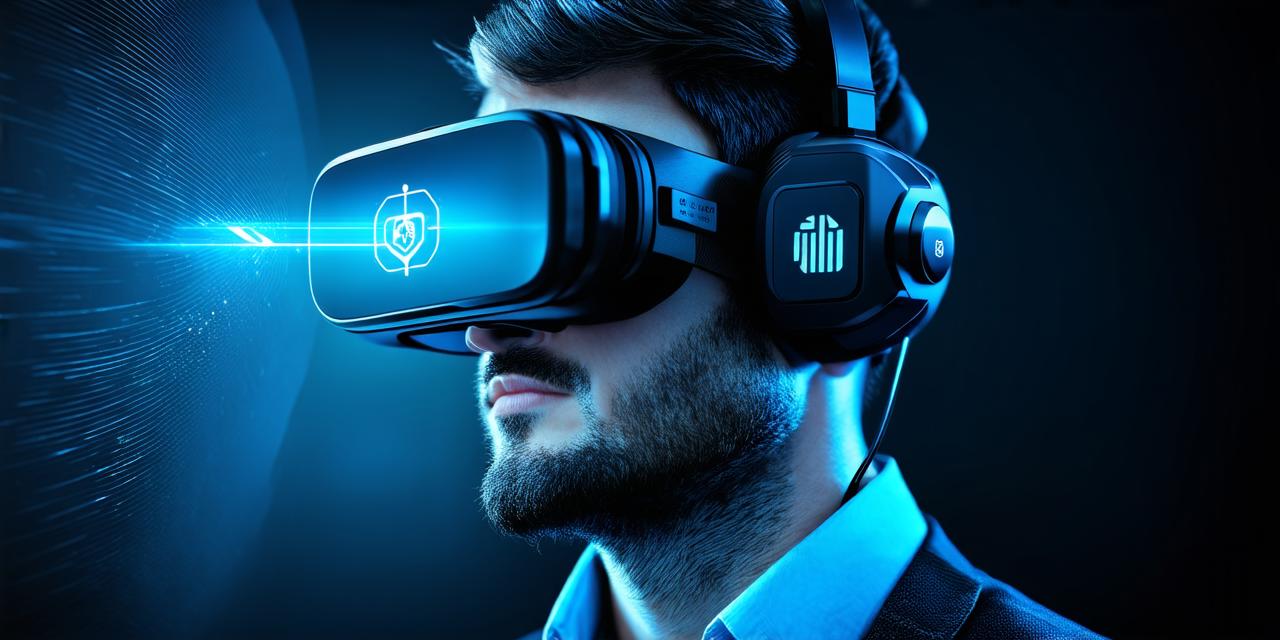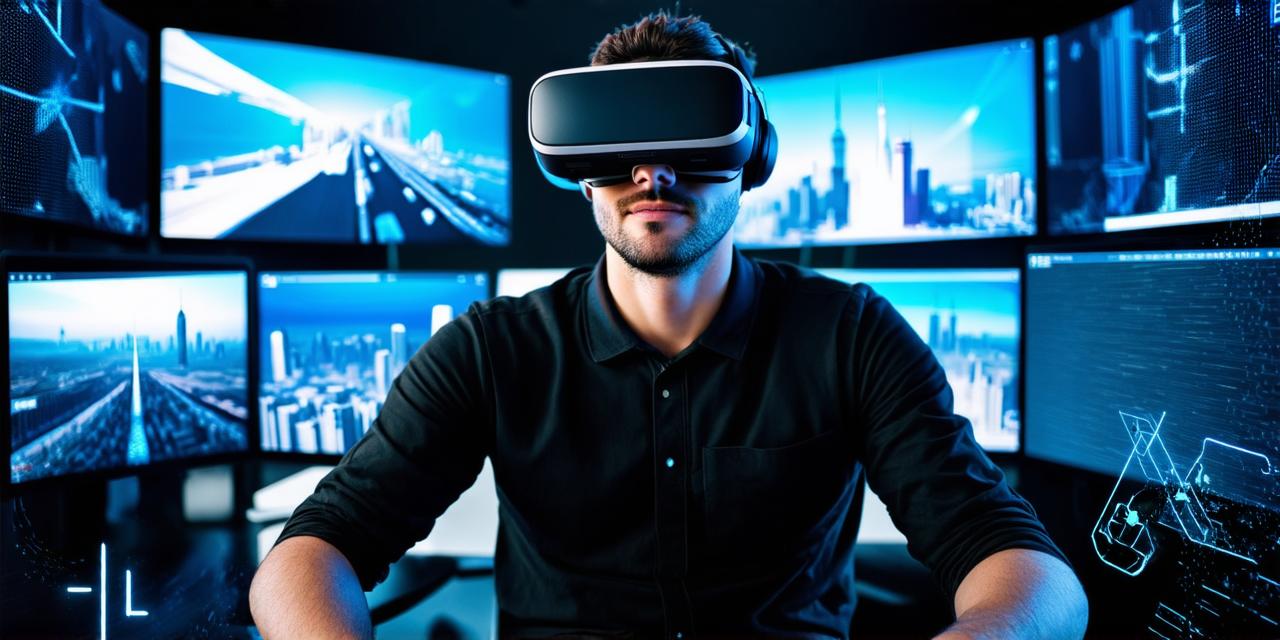Virtual reality (VR) technology has been evolving at a rapid pace in recent years, and it’s becoming increasingly popular among businesses and consumers alike.
In fact, the global virtual reality market is expected to reach $61.9 billion by 2023, growing at a CAGR of 47.5% from 2020 to 2023.
As an AR developer, you may be interested in expanding your skillset and exploring the possibilities of virtual reality development. In this comprehensive guide, we’ll take a deep dive into the world of VR programming and discuss everything you need to know to get started.
What is Virtual Reality?
Before we dive into the nitty-gritty of VR programming, let’s first understand what virtual reality is and how it works. At its core, virtual reality is a computer-generated simulation that immerses users in a 3D environment.
This immersion is achieved through the use of specialized hardware and software that track a user’s movements and adjust the virtual world accordingly.
Virtual reality headsets are one of the most common types of VR hardware used today. These devices typically consist of a head-mounted display (HMD) that tracks the user’s head movements and adjusts the virtual environment in real-time.
Other types of VR hardware include motion controllers, hand tracking devices, and haptic feedback systems.
When it comes to software, there are several programming languages and frameworks available for creating VR experiences. Some of the most popular languages include C++, Unity, and Unreal Engine. Each of these tools has its own strengths and weaknesses, so it’s important to choose the one that best suits your needs.
Getting Started with Virtual Reality Development
Now that you have a basic understanding of what virtual reality is and how it works, let’s discuss the steps involved in getting started with VR development.
- Choose Your Hardware: The first step in developing a VR experience is to choose your hardware. As we mentioned earlier, virtual reality headsets are one of the most common types of VR hardware used today. Some popular options include the Oculus Rift, HTC Vive, and PlayStation VR. It’s important to choose hardware that is compatible with the software you plan to use for development.
- Choose Your Software: Once you have your hardware, it’s time to choose your software. As we mentioned earlier, there are several programming languages and frameworks available for creating VR experiences. It’s important to choose a tool that is easy to learn and suits your needs. For example, if you’re new to programming, Unity or Unreal Engine may be the best option for you.
- Design Your Experience: With your hardware and software in place, it’s time to start designing your VR experience. This involves creating a 3D model of the virtual world, as well as defining the user interactions and behavior within that world. It’s important to keep in mind the unique challenges posed by VR development, such as motion sickness and disorientation.
- Develop and Test Your Experience: Once you have your design in place, it’s time to start coding and developing your VR experience. This involves writing code that tells the virtual world how to respond to user inputs and actions. It’s important to thoroughly test your experience to ensure that it is bug-free and runs smoothly on all devices.
- Publish Your Experience: Once you’re satisfied with your VR experience, it’s time to publish it for others to enjoy. This involves submitting your experience to the appropriate app store or platform, such as the Oculus Store or Steam.
